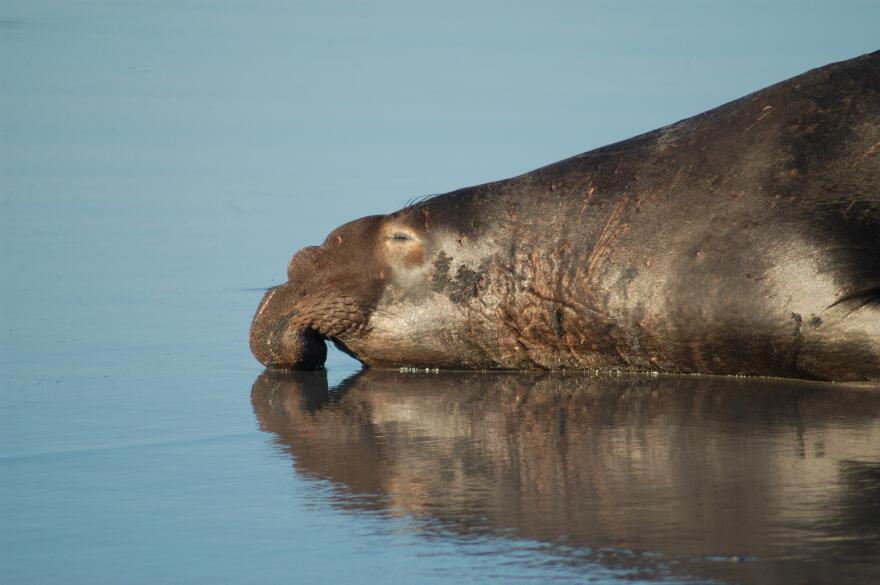We’re trying out the idea of urban travel again, after long social isolation. Almost a year, now. Just thinking about groups of people—at crowded restaurants, concerts, ball games, you name it—is strange. Which is why we’ve set out, first, in our imaginations, and started with a small city, Santa Barbara.
The lonely Channel Islands just offshore, though, are constant companions—inviting us to come away, to leave all that hubbub behind. Reminding us that very special solitudes are right here, too.
Which, to me, is the story of the Channel Islands—starting with the story of Juana Maria. That’s what the padres at Mission Santa Barbara called her. No one knew her actual name, because in 1853, just a few years after California became a state, not even native people associated with the mission spoke her language.

When she was brought to the mission Juana Maria had been living, alone, on San Nicholas Island, for 18 years. She was accidentally left behind by her people when she went back to retrieve her baby, according to the most likely story.
Also known as the Lone Woman of San Nicholas Island, Juana Maria is famous around the world, thanks to Scott Odell’s book Island of the Blue Dolphins, which tells the story of Karana, the last of the Nicoleño people and the last native speaker of their language.
Once in Santa Barbarea, Juana Maria was excited to be with people, and thrilled by the sight of horses, and European dress, practices, and foods. Food, in fact, did her in. She died of severe dysentery just seven weeks after her arrival, reportedly due to her fondness for fresh vegetables and fruits. Unfamiliar bacteria are the more likely culprits.
Archaeologists working on the island in 1939 discovered Juana Maria’s hut, made from whale bones and brush. Her cave, a more enduring shelter, was dug out in 2012. Two redwood boxes found nearby in 2009 contained more than 200 items, from soapstone ornaments and bird-bone pendants to dishes and fishhooks made from abalone shell, and woven water bottles coated with asphalt.

These islands in time continue to reveal their story—a truth you will appreciate when you visit Channel Islands National Park. Solitude and isolation have their place.
Consider the pygmy mammoth, a “dwarf” species that lived only here 20,000 to 40,000 years ago. Scientists speculate that this unusual miniature species, standing only four to eight feet tall, descended from woolly mammoths who swam here from the mainland during the Pleistocene, when all these islands were still “one” and just a few miles off the coast.
Currently,145 species of plants and animals here are found nowhere else on earth. Which is why biologists describe the Channel Islands, collectively, as North America’s Galápagos.
Up the Road Encourages Responsible, Safe Travel
Here are previous Up the Road episodes that explore why we should travel, how to do it responsibly, and how to travel responsibly now, in the shadow of COVID-19. Not everyone should be traveling now, of course. But everyone who does travel needs to do so responsibly, to prevent viral spread. Take a listen:
- Up the Road: Why Travel?
- Up the Road: Why Travel in Northern California
- Up the Road: How to Travel
- Up the Road: Why Local Travel Matters
- Up the Road: Travel That’s Not About You
- Up the Road: Heading Up the Road Again—Responsibly
- Up the Road: 2020 Travel Strategy
- Up the Road: More on Responsible Travel 2020





